Introduction to Conflict Avoidance
Conflict is a natural part of human interaction, but its avoidance can lead to healthier, happier, and more productive lives. Understanding the nuances of conflict avoidance and why it's so essential is vital to personal and professional growth. This blog post will explore practical tips and strategies for avoiding unnecessary conflict, focusing on personal safety, effective communication, and problem-solving.
Personal Safety: The First Priority
Why Personal Safety Matters in Conflict Situations:
In any conflict, personal safety should be your top priority. Situations of disagreement or misunderstanding can quickly escalate, leading to verbal or even physical altercations. By prioritizing your safety, you ensure that you can navigate conflicts without compromising your well-being.
Strategies for Maintaining Personal Safety:
Awareness: Always be aware of your environment and the people around you. Recognizing potential conflict triggers can help you avoid dangerous situations.
De-escalation Techniques: Learn and practice de-escalation techniques. This might include using a calm voice, maintaining non-threatening body language, and finding common ground to diffuse tension.
Exit Strategy: Always plan to safely remove yourself from a situation if it escalates beyond your control.
Effective Communication: The Heart of Conflict Avoidance
Understanding Effective Communication:
Effective communication is about more than just talking; it's about understanding, empathy, and clarity. It's a critical tool in avoiding misunderstandings that can lead to conflict.
Tips for Communicating Effectively:
Active Listening: Give your full attention to the speaker and confirm that you understand their point of view before responding.
Clear Messaging: Express your thoughts and feelings clearly and directly. Avoid ambiguous language that could lead to misunderstandings.
Non-Verbal Cues: Be mindful of your body language, as it can communicate much more than words alone. Ensure your non-verbal cues match your verbal messages.
Problem-Solving: A Constructive Approach to Conflict
The Role of Problem-Solving in Conflict Avoidance:
Conflict often arises from unresolved problems or disagreements. A proactive approach to problem-solving can prevent many conflicts from ever occurring.
Steps to Effective Problem Solving:
Identify the Issue: Clearly define the problem or disagreement.
Gather Information: Understand all sides of the story and the factors involved.
Brainstorm Solutions: Encourage all parties to contribute ideas for resolution.
Evaluate Options: Discuss the pros and cons of each solution.
Agree on a Course of Action: Choose the solution that best meets the needs of all parties involved.
Implement and Follow Up: Put the agreed-upon solution into action and revisit it after some time to ensure it's working as intended.
Why Avoiding Conflict is So Important
The Benefits of Conflict Avoidance:
Avoiding unnecessary conflict can have numerous benefits, including reduced stress, improved relationships, and increased productivity. When you effectively avoid conflict, you:
Preserve Relationships: By preventing disagreements from escalating, you maintain and strengthen your personal and professional relationships.
Enhance Your Reputation: Being known as someone who can handle potential conflicts tactfully and diplomatically boosts your personal and professional reputation.
Create a Positive Environment: A conflict-free environment is a positive and productive one, encouraging collaboration and innovation.
Balancing Conflict Avoidance with Assertiveness:
While conflict avoidance is important, it's also essential to stand up for yourself and voice your needs and opinions. The key is to do so in a way that doesn't provoke unnecessary conflict. This involves being assertive but respectful, ensuring your voice is heard without stepping on others.
Conclusion: Making Conflict Avoidance a Part of Your Life
Incorporating conflict avoidance into your daily life requires practice and mindfulness. By prioritizing personal safety, mastering effective communication, and approaching disagreements with a problem-solving mindset, you can navigate your personal and professional worlds with less stress and more success. Remember, avoiding unnecessary conflict doesn't mean avoiding necessary confrontations. Instead, it's about choosing your battles wisely and handling them in a way that respects all involved.
In conclusion, conflict avoidance is not about evasion but about intelligent navigation of interpersonal dynamics. It's a skill that enhances your personal safety, fosters effective communication, and promotes efficient problem-solving. By understanding and applying these principles, you'll be well-equipped to create a more harmonious and productive environment for yourself and those around you.

